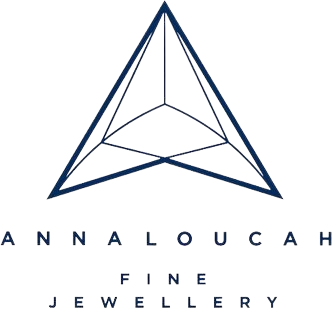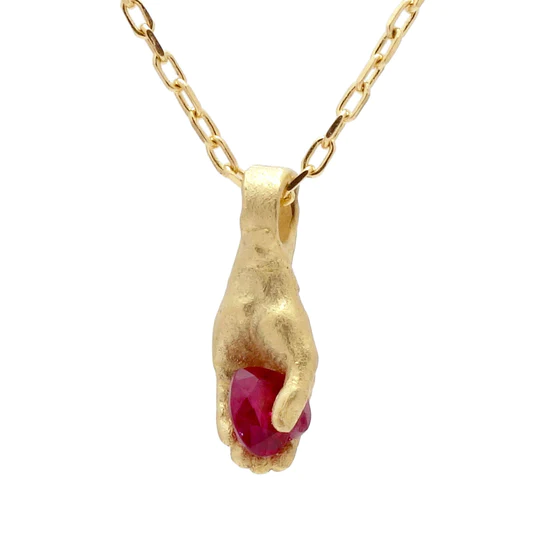We interviewed Rachael Taylor – a prominent journalist, editor, author and regular contributor to international titles such as The Financial Times and Conde Nast publications. Respected across industry and consumer press alike for her in-depth knowledge of all things bejewelled, here she talks about the enduring nature of family jewels and her thoughts on the shifting priorities of ethics within the world of jewellery.
Q: I wanted to ask you about the world of jewellery and its meanings, what you see beyond the sparkle, and to start with just asking do you have a first-by-first memory of jewellery?
A: When I was small, I used to have a thing for finding my Mum’s wedding ring and posting it places. I would post it between floorboards. I remember thinking I shouldn’t do this, but I couldn’t stop myself. I once posted it in the overflow of the sink, which obviously led to hysterics and pipes being taken apart. Apparently, it was a bit of a regular thing.
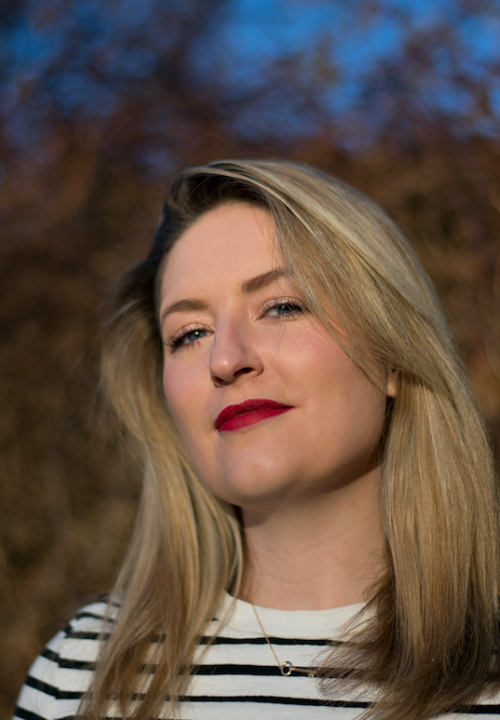
Q: What do you think was it that had that initial fascination with that particular item?
A: Probably because I knew it was something really important. And probably because I knew it was quite precious. There was a real fairy tale quality to it for me.
Q: Are there any bits of jewellery that your Mum wears that you covet now?
A: My mum has a huge collection of earrings – we have a shared love for a statement earring – so I will often dip in there to borrow a pair when I’m visiting her. My mother-in-law Jo Jo also has quite a covetable jewellery collection, including antique pieces from LaCloche and an antique engagement ring with three diamonds cut from the same rough. These pieces have been passed down through generations, which feels really special. My grandmother, whose name just so happens to be Elizabeth Taylor, also left me some lovely jewels. Her favourite line about jewellery, much like her namesake actress I’m sure, was ‘if it’s not real, I’m not interested’.
‘Her favourite line about jewellery, much like her namesake actress I’m sure, was ‘if it’s not real, I’m not interested’
Q: Do you think your jewellery has its own personality, because I imagine your collection is quite extensive?
A: I appreciate quality. I find it really hard to buy anything unless it’s what I would consider to be a really good example of something like contemporary design or craftsmanship.
My interest is in the people behind the jewels and I really value knowing who the designer is and knowing the story behind it.
Q: Do you have any pieces that you would consider lucky or have a particular connection with?
A: I have got a necklace that makes me feel confident in a quiet way. My husband Olly surprised me with it as a gift when I hit a bit of a career milestone. I had been lusting after it quite loudly for a long time. It’s by Fraser Hamilton and is a really small carved gold hand with a ruby within it. I tuck it in if I want to wear it and have that connection to my husband and remember how supportive he has always been.
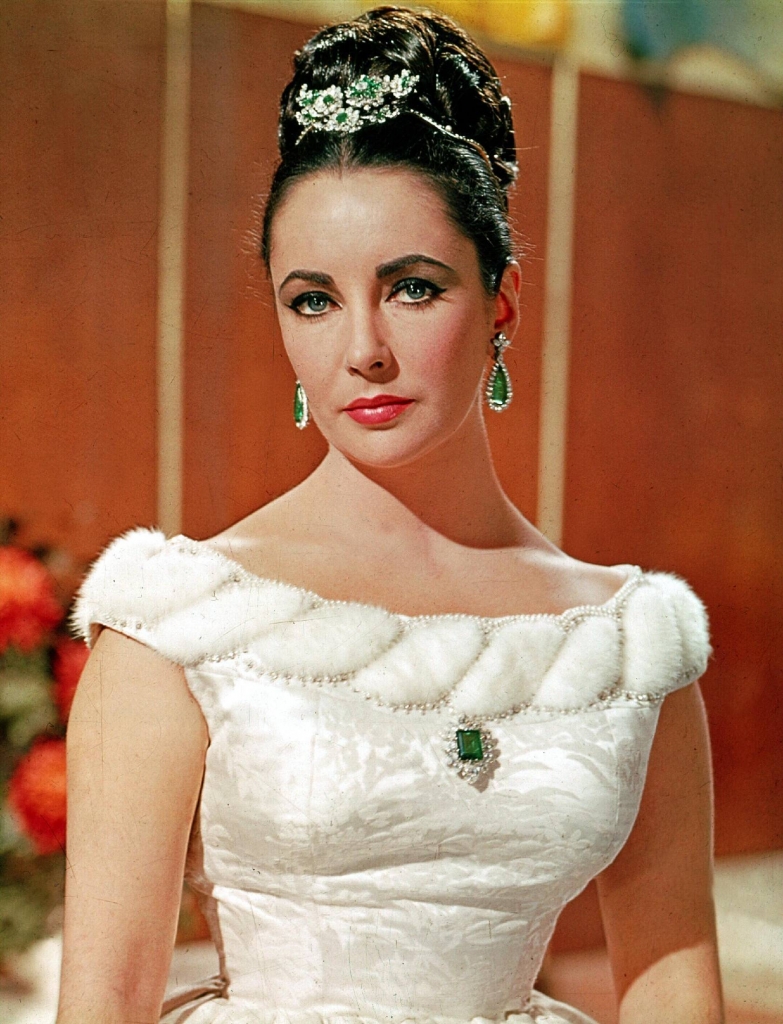
Q: Do you find that people tend to have stories about their jewellery that they want to share with you when they find out what you do?
A: Definitely. I feel people light up when we talk about jewellery – it’s a really fun subject. You can ask ‘Why is that important to you? Who does it remind you of?’ People get quite reflective – especially if it has to do with a piece of family jewellery.
They often start the conversation with ‘it isn’t really worth anything’. It could be a friendship bracelet that their best friend made for them when they were a child, but they still have it. That’s far more interesting to me than something you keep in a safe.
There probably isn’t anybody in the world who doesn’t have some form of jewellery – and they have it for a reason. I often think of the way that teenagers wear all the festival bands up their arm. They didn’t start life as a piece of jewellery, but effectively they become so because the reason that they have kept them on is that they remind them of a special time in their life.
Q: What do you think is it that drives people to adorn themselves in the first place?
A: It’s a multi-layered and fascinating question. For centuries people were very specific about what they wore as a display of wealth, and to signify class. But we’ve just been talking about boys with their festival bands; they have no value, but they still impart a sense of belonging. Jewellery can so often be about belonging – belonging to a family, to a style tribe or a certain art or fashion scene, to a period in history, to a socioeconomic group, age bracket or culture, to a certain echelon of society. It’s endless when you think about it. Buying and wearing jewellery can feel like an individual act, but it actually knits us to loved ones or parts of society or history. It brings us together.
Q: Are you having the more conversations with men about jewellery?
A: I think guys are casually interested in talking about jewellery. It can often be a scary subject but there is definitely a lot of curiosity –it’s just almost like they need permission. I think there are a lot more guys out there coveting jewels from a distance than you might think.
As for men in that traditional purchaser role, I cannot imagine what our landscape would look like now if men were still predominantly the ones buying jewellery for women. Women buying for themselves has revolutionised everything, from the kind of jewellery that is available to price points you can now see it for.
It seems crazy that until relatively recently men had control over a process which is so personal. But today, with engagement rings for example, we are seeing couples coming in together to choose. It’s a more collaborative relationship now.
‘It seems crazy that until relatively recently men had control over a process which is so personal.’
Q: And how about the growing focus on sustainability and ethics. Are you starting to see the impact of that conversation?
A: Everybody is more interested in ethics and transparency in supply chains. When we first started talking about it there was a real negativity – ‘it’s not going to work’ or ‘it is too expensive’ but in the last 10 years, we have done the groundwork and now people are looking for it. It’s become a basic part of the conversation about jewellery, and I think we are starting to see innovations within that.
For a long time, talking about it was quite provocative but now we have got to a stage where it is accepted – it has just taken a really, really long time to get to. Since the pandemic and the war in Ukraine, we have seen loads of jewellers pushing charitable angles. It’s not always appropriate to push luxury goods in times of global crisis, so there has been a focus on doing the right thing ethically – and I am using the word ethical in its broader sense – whether it is charitable products or supporting the countries that you pluck your diamonds out of.
Is ethical sourcing going to extend beyond the product? Do we go deeper into the environment and people that produce it? Let’s hope so.
Q: So, just to round things up, you’re on a desert island and all of your jewellery is being washed away, what would you jump in and save?
A: I’m going to be really boring and say my engagement ring and my wedding ring.
Everything else can be rebought but doing that with those pieces wouldn’t be the same because they wouldn’t have been through the trials and tribulations of life, of marriage and wouldn’t have been at the wedding.
Now I know how my mother felt when I pushed hers down the sink!
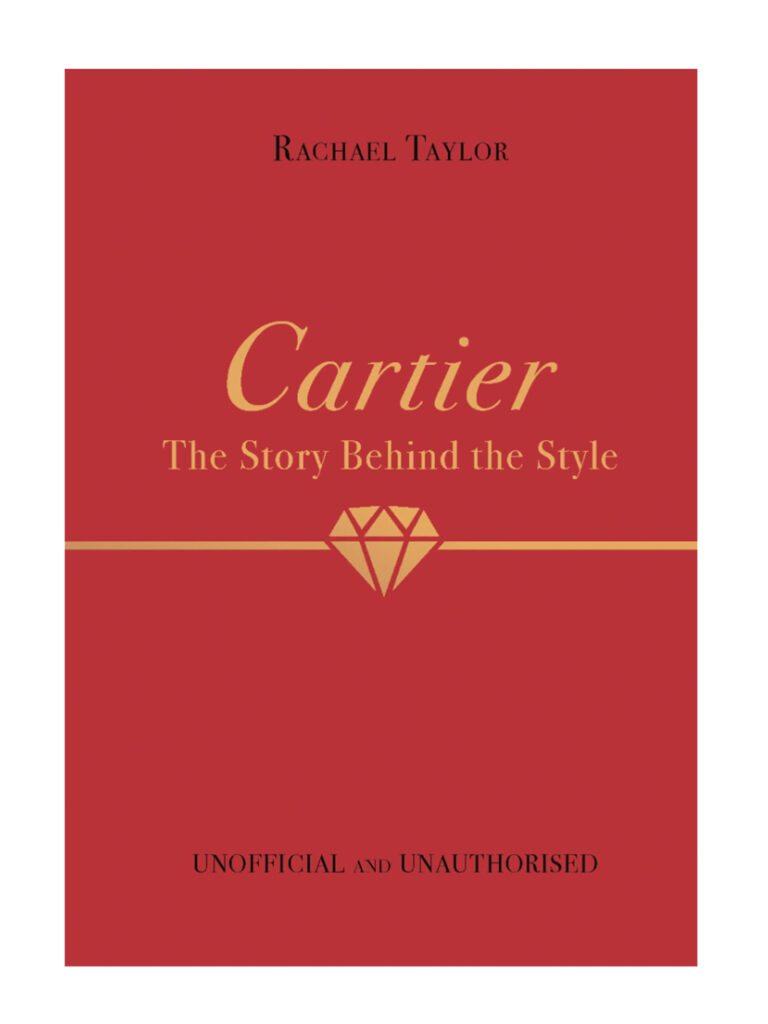
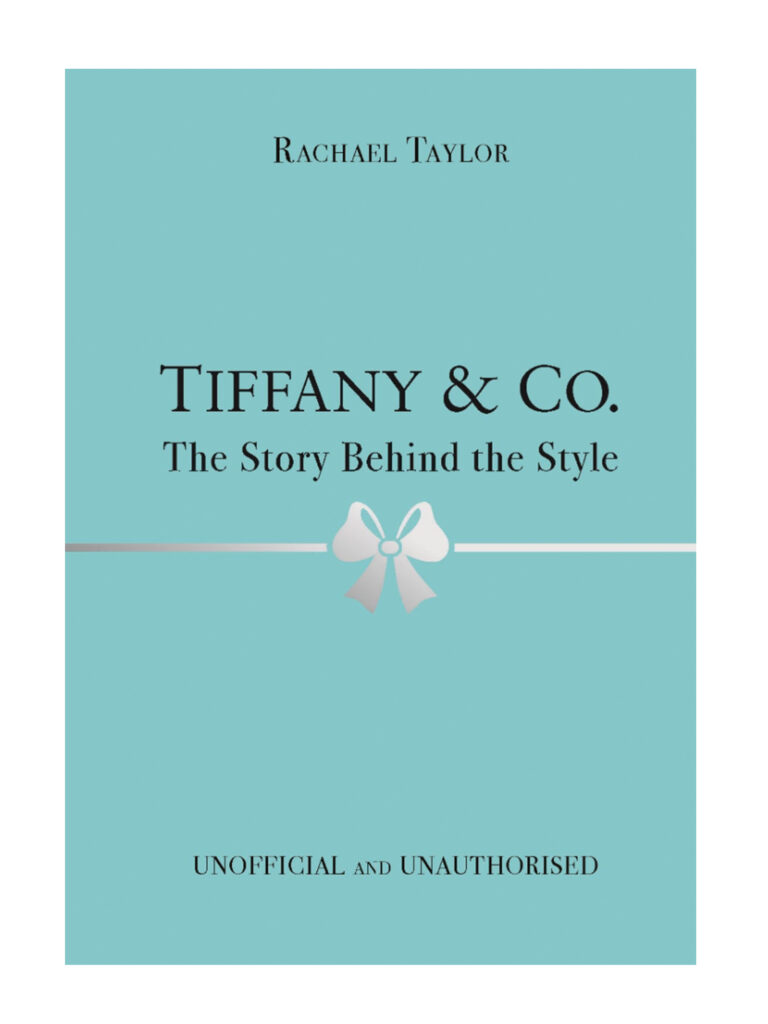
Cartier – The story behind the style by Rachael Taylor
Tiffany and Co – The story behind the style by Rachael Taylor
